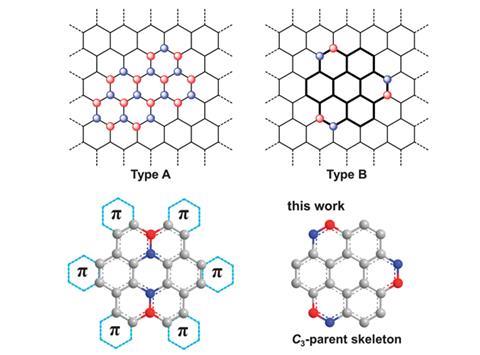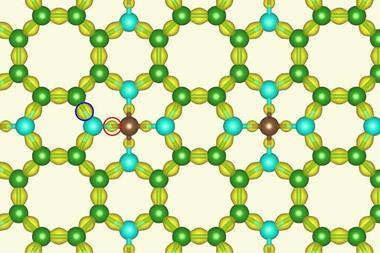Carefully designed jigsaw pieces may provide solution to graphene bandgap difficulties
Building graphene from carefully-modified superbenzene segments has been proposed as a way to help graphene overcome a major stumbling block limiting its application in electronic devices – by opening its bandgap to make it a true semiconductor.

Intrinsically, graphene is a semimetal with no bandgap. Boron nitride can afford graphene the electronic properties desired for atomically thin circuits. However, positioning these boron nitride-groups in just the right places to properly regulate electron flow through graphene is difficult.
Now, rather than making graphene sheets and then doping them, Jian Pei of Peking University in China and colleagues intend to exert control at an earlier stage with jigsaw pieces made from coronene, the smallest graphene-type molecule with a zigzag periphery, which is also known as superbenzene. Each piece has three boron nitride groups.

The team has not yet assembled these pieces into a larger graphene sheet, but suggests that because they exhibit C3-symmetry and an enlarged bandgap, compared to their carbon analogue, they are promising candidates for extension into a 2D network with tunable electronic properties.
References
This paper is free until 11 March 2015. Download it here:
X-Y Wang et al, Chem. Commun., 2015, DOI: 10.1039/c4cc10105g












No comments yet